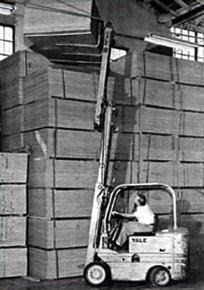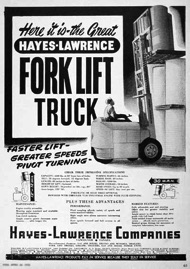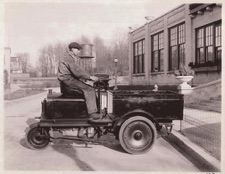
Forklift Training
& Employment America
forkliftnow.com - Your Best Choice For a Career As a Forklift Operator!
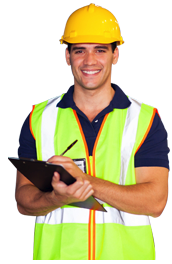
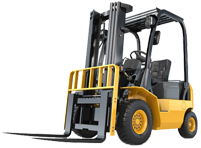
Your Forklift Career...
Starts Here!
To Forklift Training Employment America, where you’ll easily find
all the information and resources you need to start your career
as a forklift operator. Here you’ll find your state or provincial training requirements, information on forklifts and forklift job listings.
And all of this information is FREE to you!
Español
English
Forklift Topics
Popular Articles
Recent Posts
Home • Terms of Use • DMCA Policy • Privacy Policy • Affilliate Disclosure
All content ©2016 forkliftnow.com
The history of the forklift.
Before forklifts, manual hoists and numerous men were required to move cargo and goods from ships, trains and warehouses. Often called “swampers”, these men would manually move loads with assistance from hoists and cranes.
In 1906, The Pennsylvania Railroad created a battery powered baggage wagon that could move heavy loads to solve the problem of loading its trains. Within those years other crane-styled wagons were created to lift loads for various industries but most used manual labor.
It was during the demands of the 1st World War that trucks were created that could move and lift heavy loads. The Clark Company created the Tructractor in 1917 to move materials within their factory – it was then sold to other companies who wished to move heavy goods. By 1923, vertical lifting trucks were developed as well as the introduction of forks and rams. With forks that could lift loads and use an elevated mast, the Yale truck is regarded as the first forklift created. Skids were also invented in that time and standardized in 1930 to the skids you see today.
It was the onset of World War II that forklifts grew to become the industry standard worldwide. Because of the large demand for supplies and wartime shipping, several manufactures began to build forklift equipment in the US. In the late 1950s advances in shipping and shipping containers created further demand for specialized forklifts for docks as well as all terrain forklifts.
During the 1960s, safety features began to become standard on forklifts such as the roll cage, overhead protection and seat bells. By the 1970s, technology was improving and forklifts had the option of being powered with long life batteries as well as propane.
Today there are numerous kinds of forklifts being produced for various tasks and many new innovations are created to make the job of a forklift operator much safer and easier.





